Zhao tomb in Qing Dynasty
Zhaoling Tomb of Qing Dynasty, the mausoleum of Taizong Emperor Taiji, the founding monarch of the second generation of Qing Dynasty, is located in the ancient city of Shenyang (Shengjing), about ten miles north of China, so it is also called "Beiling". The cemetery covers an area of 160,000 square meters. The layout of the building follows the principle of "the former dynasty and the latter" and consists of the former, the middle and the latter three parts from south to north. The main buildings are built on the central axis and arranged symmetrically on both sides, which imitates the imperial mausoleum of the Ming Dynasty and has the characteristics of the Manchu mausoleum.
Zhaoling Mausoleum in Qing Dynasty is the tomb of Emperor Tai Chi of Emperor Taizong of Qing Dynasty and the Tomb of Xiaoduan Wenboerji Jite. In addition to the empress, Zhaoling Mausoleum also contains a number of queens, such as the Imperial concubines of Lintoe Palace and Shufei of Suqing Palace. It is the most representative imperial mausoleum in the tombs outside Guanwai of the early Qing Dynasty and one of the most complete preserved ancient Imperial Mausoleums in China.
In 1982, the Qingzhaoling Tomb was announced by the State Council as the second batch of key national cultural relics protection units.
Historical evolution
The Zhaoling Tomb of Qing Dynasty was initially built from the eighth year of Chongde (1643) to the eighth year of Shunzhi (1651). It was named Zhaoling on August 9, the first year of Shunzhi (1644). The emperors of Kangxi, Qianlong and Jiaqing also made some additions and improvements.
In the 16th year of the Republic of China (1927), the Fengtian Provincial Government at that time established the Qingzhao Tomb as a park, namely Beiling Park.
In September 1963, the Qingzhaoling Tomb was listed as a key cultural relic protection unit in Liaoning Province.
In 1982, the State Council promulgated the Qingzhaoling Tomb as a national key cultural relic protection unit.
On July 1, 2004, Qingzhaoling and Shenyang Palace Museum, Shenyang Fuling and Fushun Yongling were formally listed on the World Heritage List by the vote of the 28th session of the World Heritage Committee.
Site characteristics
architectural composition
The Qingzhaoling Tomb was built on the flat ground. The main buildings are located on the central axis. The other buildings are symmetrically distributed on both sides of the central axis. Zhaoling is composed of three parts.
The first part: dismount the stele to Zhenghongmen. The main buildings are Xiama Stele, Shishi, Huabiao and so on. The dismounting tablet is the symbol of the feudal hierarchy. At the dismounting tablet, according to the rank of superiority and inferiority, officials must dismount from the sedan chair and walk on both sides. There are also exquisitely carved stone lions and watches on both sides. Not far from Shiqiao is Shipaifang, located in the middle of the road leading to Zhenghongmen, on which vivid images are carved. It is a treasure of Qing Dynasty carvings. Passing through the stone archway is the Zhenghongmen, the gate of the mausoleum, and the courtyards on both sides are the dressing Pavilion in the East and the sacrifice Pavilion in the west.
The second part: Zhenghongmen to Fangcheng. The main buildings are gorgeous. Shishi, Shiqilin, Shima, etc. Huabiao is a unique building in ancient China. Its origin and Yao's "defamatory wood" for people to leave messages, has now evolved into a building decoration. Stone statues are all kinds of stone carvings, which were originally used to exorcise evil spirits, and later became the symbol of the status of the deceased. The stone lion represents the king, authority and nobility. Stone Otter represents the ruler's justice and righteousness. Shi Qilin, an auspicious beast, hopes that peace and prosperity will last forever. Shima is Huangtaiji's favorite mount. In front of the pavilion is the Stele Pavilion, with the "Zhaoling Divine Gong Sheng De Monument", which records the merits of Huang Taiji's life.
The third part: Fangcheng, Baocheng and Crescent City. The opposite of the stele Pavilion is Longmen Gate, which is Fangcheng after Longmen Gate. It is the main building of Zhaoling. Longmen Hall resides in it, followed by Ming Building, with supporting halls on both sides and corner towers on all sides. After the Ming Lou, it is Baocheng. Under it is the palace where the Huang Taiji couple are buried.
Architectural features
As emperor's mausoleum, the overall layout, single buildings and decoration of Qingzhao Mausoleum are complete and unique. It not only absorbs a large number of Central Plains emperor's mausoleum culture, but also maintains its own national characteristics. It integrates the Han, Tibetan and Mongolian architectural cultures with Manchu architectural cultures skillfully, forming a unique style different from those of Guanneming and Qing emperor's mausoleums. It is the essence of ancient Chinese architecture and a model of multi-ethnic cultural exchange.
Historical culture
Aixinjuro Huangtaiji
Aixinjueluo Huangtaiji (November 28, 1592 - September 21, 1643), the Emperor Taizong of the Qing Dynasty (1626 - 1643 in power), was translated into Huang Taiji and Hong Taizhu. The eighth son of Qing Taizu Aixinjuro Nurhachi, an outstanding strategist and politician in the early Qing Dynasty, and the second sweat in the Later Jin Dynasty, was also the Mongolian sweat and the founding emperor of the Qing Dynasty.
Chongde first year (1636), in Shengjing (now Shenyang) called the emperor, the founding of the Qing Dynasty, and forced Lee's Korea to submit to the Qing Dynasty. During the Songjin War in Chongde in 1642, Hong Chengchou was captured by students. Since then, the elite outside the Ming Dynasty had been lost. The Ningjin defense line collapsed completely, and the entry of the Qing Army into the Customs had become an inevitable trend. In the eighth year of Chongde (1643), Huang Taiji died suddenly on the eve of the Qing army's entry into the Customs, failing to realize his long-cherished wish to seize the national regime.
Huang Taiji reigned for 17 years. During his reign, he developed production, strengthened troops and fought against the Ming Dynasty continuously, which laid a solid foundation for the rapid expansion of the Qing Dynasty into the Central Plains in the next stage. The temple was named Taizong, and the prophet was buried in Zhaoling, Shenyang.
Tomb number
Ancient Imperial Mausoleums have their own names. The origins of these mausoleums either reflect the summary and praise of the emperor's lifelong achievements, or have the meaning of auspiciousness and blessing. The mausoleum names of the Qing Dynasty were generally ordained by the heir emperors. Secondly, there was a system in the Qing Dynasty. If the names of mausoleums and places were duplicated, the names of places had to be changed, which was called taboo.
Zhaoling was identified by the cremation of Zigong Palace on the first anniversary of the death of Taizong in early August of the first year of Shunzhi. There are two different explanations for the origin of Zhaoling Mausoleum. One is that it imitates the Zhaoling Mausoleum of Li Shimin, Taizong of Tang Dynasty, and the other is related to the ancient Zhaomu system.
Secondly, it is inappropriate to say that Zhaoling came from Zhaomu system. Zhaomu is an ancient patriarchal clan system. This system is used for the arrangement of tombs and the arrangement of species of temples. 9 Its law is centered on the ancestors, and the other generations are analogized in the order of Zuo Zhaoyoumu. Shengjing has three mausoleums, Yongfu and Zhaoling. One of them is the ancestral mausoleum, ranking the highest, followed by Fuling and Zhaoling. If arranged according to Zhaomu system, Yongling should be in the middle, Fuling in its left (east) is called Zhaomu, Zhaoling in its right is called "Mu". The current Yongfu Zhao Tombs, Yongling in the east, Fuling in the middle, Zhaoling in the west, the three mausoleums can not form a Zhaomu relationship at all.
The name of Zhaoling may be due to the choice of the meaning of the word Zhaoling itself. Ancient people interpreted Zhaozi as "highlighting" and "highlighting". The meaning of Zhaoling Mausoleum Name is to show Taizong's literary virtue and martial arts to the world, and make it show the later meaning.
Sacrificial activities
Sacrificing ancestors is a fundamental activity in Zhaoling. Its name is divided into "big sacrifice", "small sacrifice", "emperor's East tour sacrifice" and so on.
Grand Sacrifice: The Zhaoling Mausoleum holds seven grand sacrifices every year. Time is Qingming, Zhongyuan, October Shuo, Winter Solstice, New Year's Eve, Taizong's Deathday and Xiaoduanwen's Queen's Deathday. Among them, Qingming, Zhongyuan, Winter Solstice and New Year's Eve, also known as the "Four Seasons Festival", are the highest, most cumbersome and abundant sacrificial handles.
Qingming: During the Ming and Qing Dynasties, the Qingming Dynasty was used as the time for the celebration of the mausoleum sacrifices. The most distinctive scene of the Qingming Festival is the "earth laying ceremony". The so-called earth-laying ceremony is to add earth to the top of the treasure.
Zhongyuan: The ancients used the fifteenth day of the first month as "Shangyuan", the fifteenth day of July as "Zhongyuan", and the fifteenth day of October as "Xiayuan". The ancients used Zhongyuan Festival as a day of sacrifice to go to the grave and sweep the grave. The Ming and Qing dynasties have made the "Zhongyuan" the day of the sacrificial ceremonies.
Winter Solstice: Winter Solstice is also a natural solar term, which takes place around the end of November.
Tomb of the Year: Tomb of the Year refers to the end of the year. Chongde two years have seen the record of "sending officials to offer sacrifices to Fuling" and "using one cow" at the end of the year. Zhaoling held its first annual festival in December of the first year of Shunzhi.
October Shuo: October Shuo is the first day of October. Folk proverbs say, "On October 1st, send cold clothes." Cotton-padded clothes should also be sent to the deceased ancestors to prevent cold. In addition to the normal sacrifices, the October New Year Festival also burns "cold clothes". The so-called "cold clothes" are made of leather, cotton, sheets and various kinds of clothes made of various colors of paper.
Deathday: Deathday is the crash day of emperors and queens. Although the anniversary is also a big sacrifice, because it is the day of national funeral, the sacrifice must have a funeral atmosphere. The sacrificial sweepers should wear filial piety clothes, and there are some "inappropriate" provisions.
The Zhaoling Mother's Day Festival is held twice a year, once on the 9th of August, the funeral day of Emperor Taiji, and then on the 17th of April, the funeral day of Empress Xiaoduanwen.
Small sacrifices: Small sacrifices are also called "regular sacrifices" and "Shuo Wang sacrifices", which are held on the first and fifteen or twelve days of each month. Zhaoling has twenty-two small sacrifices every year.
The traditional concept of respecting the heavens and fathers of the rulers of the Qing Dynasty is very deep. In their view, everything they own is given by their ancestors, and even their fate is restricted by their ancestors'spirit in heaven. Based on this concept, they have great respect for Zuguang's mausoleum, ancestral relics, relics, and even his native place. Especially for Shengjing, which was the place where the Qing Dynasty was founded and where the mountains and mausoleums were. The main purpose of the Qing Emperor's Eastern Tour was to offer sacrifices to ancestors'mausoleums. Its ancestor worship is the most grand and the ritual system is the most solemn. The emperor's personal sacrifice to Zhaoling is usually held in two days (with the exception of Emperor Kangxi). On the first day, the "Exhibition Ceremony" is held, and on the second day, the "Grand Duan Ceremony" is held. The two kinds of sacrifices are different.
Other sacrifices: In addition to the large and small sacrifices held annually in Zhaoling and the temporary announcement of the Emperor's Eastern Patrol, several other sacrifices are also held for other purposes, such as the annual "Longevity Sacrifice" held on the birthday of the Emperor or Empress Dowager, the announcement sacrifice for the Empress Dowager's emblem, or the triumphal march to the Mausoleum, or the imperial son's visit every three years. In addition, there are officials passing through Shengjing or going to Shengjing. The newly appointed officials will also pay homage to Zhaoling and so on.
Traffic information
Address: Qingzhaoling is located at No. 12 Taishan Road, Huanggu District, Shenyang City, Liaoning Province.
Shenyang Metro: Beiling Park Station, Line 2 (Exit E)
Shenyang Bus:
Beiling Park Station 130, 136, 205, 210, 213, 217, 220, 227, 231, 242, 245, 290, 398 routes, tourist line
Jinshan District Station 130, 131, 157, 205, 210, 220, 227, 231, 242, 245, 280, 281 roads
Tesco (Provincial Experimental Middle School) Station 106, 138, 231, 232, 294, 326 routes
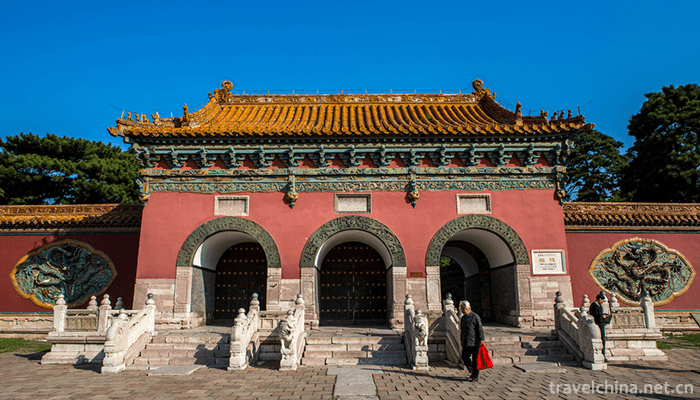
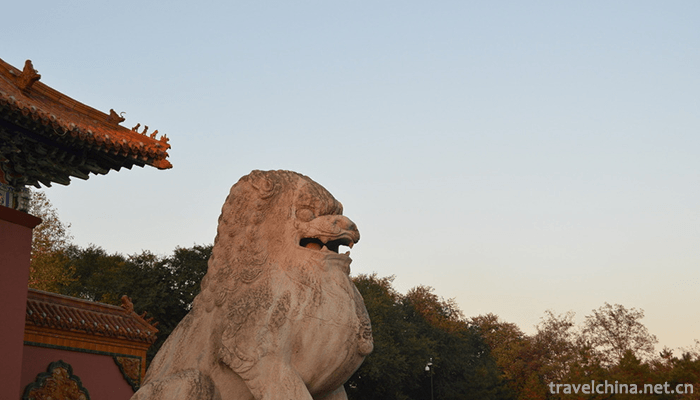
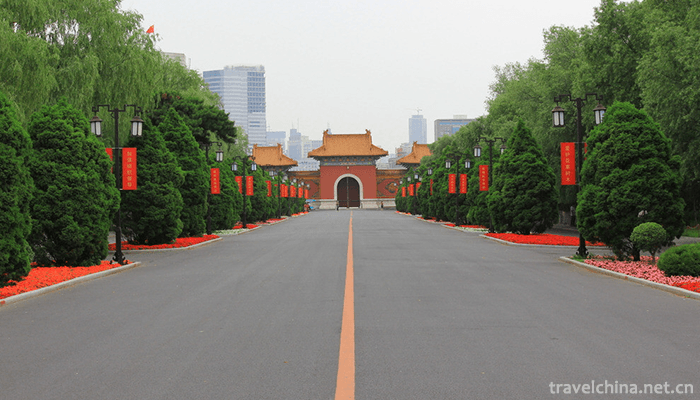
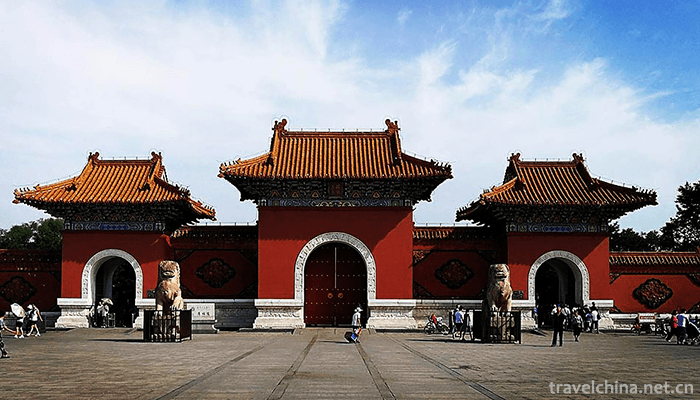
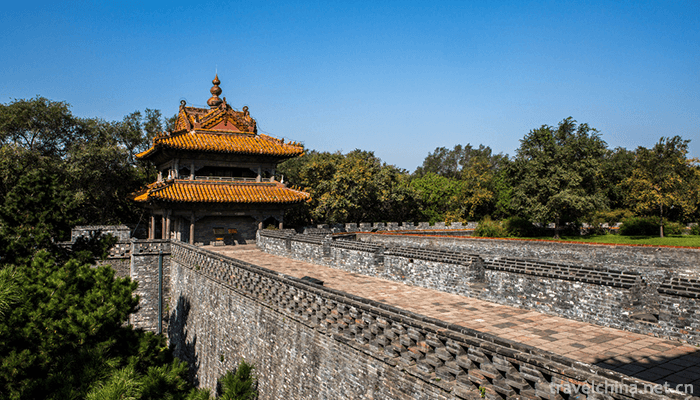
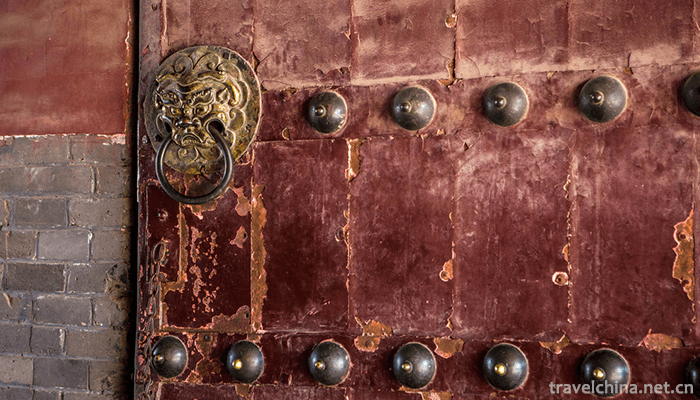
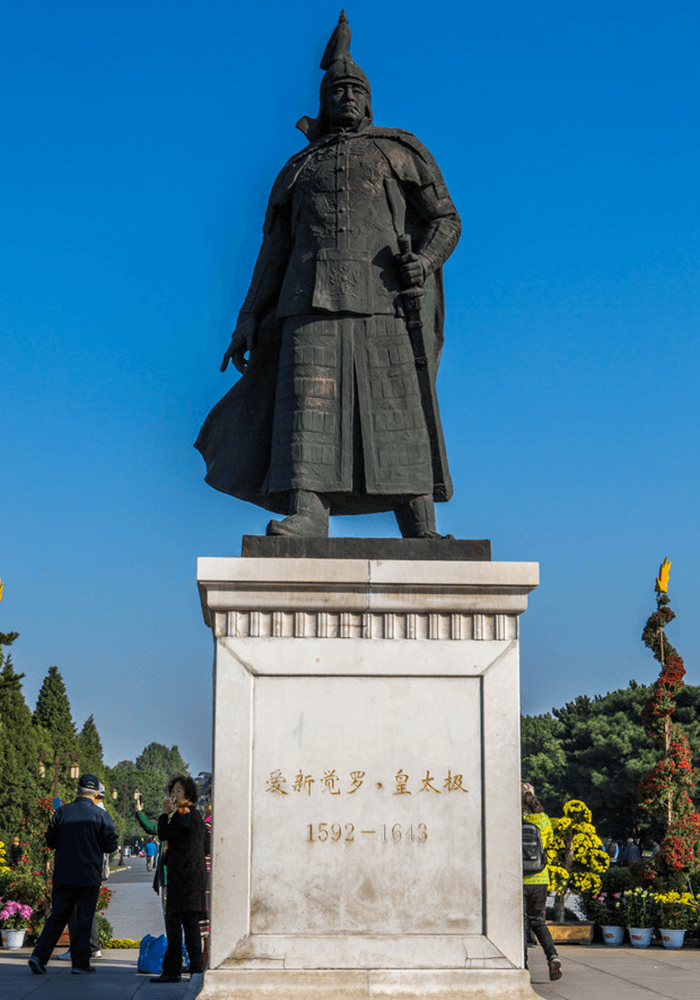
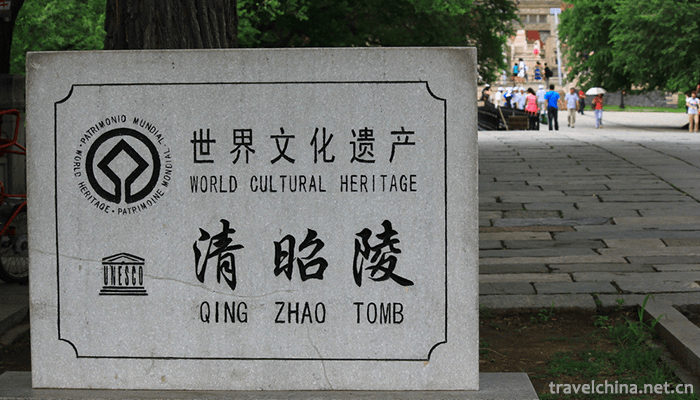
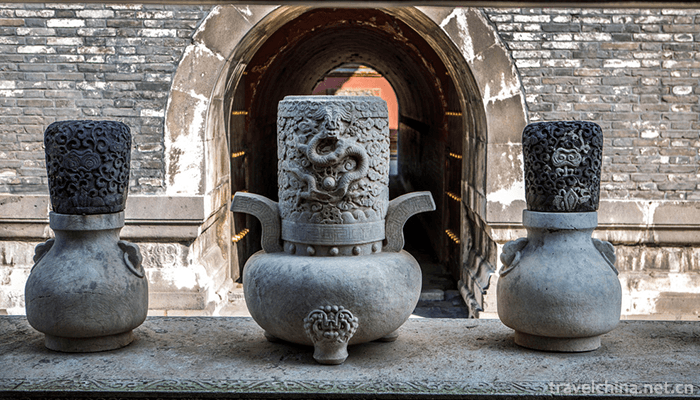
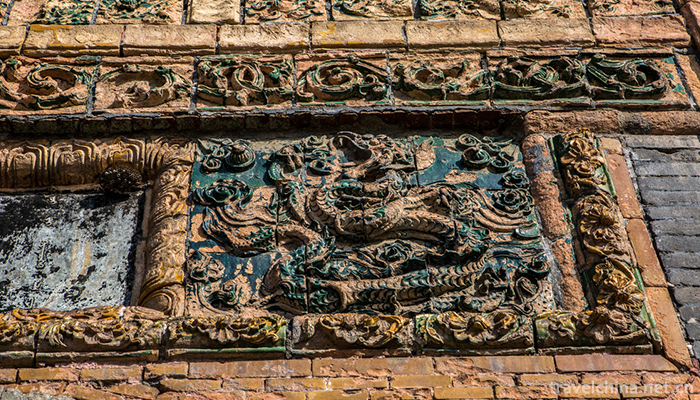
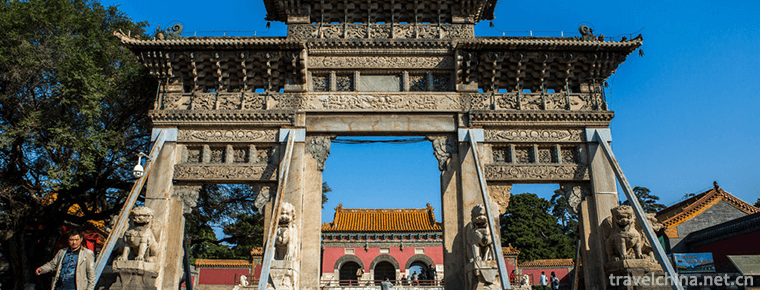
-
2.Steamed perch with scallion and black beans
Steamed bass cooking techniques are mainly steamed dishes, and their taste is salty and fresh. Steamed perch is one of the famous traditional dishes in Guangdong province
Time 2018-11-02 -
3.Global Dinosaur City Scenic Spot
The National 5A Tourist Scenic Spot Global Dinosaur City, located in Xinbei District, Changzhou, Jiangsu Province, is a comprehensive tourism resort with dinosaur theme
Time 2018-12-06 -
4.Xiqiao Mountain Scenic Area
Xiqiao Mountain Scenic Spot is located in the southwest of Nanhai District, Foshan City, Guangdong Province, China. It has 72 peaks, forming numerous waterscapes, 232 springs and 28 waterfalls.
Time 2018-12-12 -
5.Ancient songs of Miao Nationality
Miao Ancient Songs, local traditional folk literature in Taijiang County and Huangping County of Guizhou Province, is one of the national intangible cultural heritage.
Time 2018-12-15 -
6.Yuan Dynasty Capital City Wall Site Park Yuandadou Chengyuan Site Park
The Yuandu Chengyuan Site Park was built on the Tucheng Site of Yuandu (National Key Cultural Relics Protection Unit, batch No. VI-1). It is located near Mingguang Village, Southern College Road
Time 2018-12-23 -
7.Liupanshan National Forest Park
Liupanshan National Forest Park is located in the center of the triangle formed by Xi'an, Yinchuan and Lanzhou. It is located in the south of Ningxia. It spans two counties and one district in Jingyua
Time 2018-12-24 -
8.Taishan Hot Spring City
Taishan Hot Spring City Cultural Tourism Scenic Spot is invested and constructed by Shandong Taishan Hot Spring Tourism Development Co., Ltd. with a total investment of 2.6 billion yuan
Time 2019-02-13 -
9.Liaoning wind and percussion ensemble
Liaoning drum music, commonly known as drum music. It is one of the traditional folk instrumental music in China. Liaoning drum music is divided into Suona music and Sheng wind music, and according to
Time 2019-05-13 -
10.Legend of the Ancestors of the Loba Nationality
The legend of the ancestors of the Loba nationality is an organic part of the life of the Loba people, a mirror of the Loba society and a way of existence of the folk life of the Loba people.
Time 2019-05-15 -
11.Tujia Waving Dance
Hand-waving dance is an ancient traditional dance of Tujia nationality. It mainly spreads in the Youshui River and Wujiang River basin at the junction of Hubei, Hunan, Chongqing and Guizhou. It mainly
Time 2019-06-23 -
12.Anhui University Of Traditional Chinese Medicine
Anhui University of Chinese Medicine is located in Anhui. Jiangnan Labial teeth, Huai right A famous historical and cultural city called "the throat". Hefei For Anhui higher education revita
Time 2019-11-07